I am having an issue with matching up the color table/brightness on CMI01 through CMI06 when creating GOES16 imagery with MetPy. I've tried using stock color tables and using random vmin/vmax to try and get a match. I've also tried using custom made color tables and even tried integrating things like min_reflectance_factor && max_reflectance_factor as vmin/vmax values.
Maybe I'm making this way more difficult than it is? Is there something I'm missing? Below are excerpts of code helping to create the current image output that I have:
grayscale = {"colors": [(0,0,0),(0,0,0),(255,255,255),(255,255,255)], "position": [0, 0.0909, 0.74242, 1]}
CMI_C02 = {"name": "C02", "commonName": "Visible Red Band", "grayscale": True, "baseDir": "visRed", "colorMap": grayscale}
dat = data.metpy.parse_cf('CMI_'+singleChannel['name'])
proj = dat.metpy.cartopy_crs
maxConcat = "max_reflectance_factor_"+singleChannel['name']
vmax = data[maxConcat]
sat = ax.pcolormesh(x, y, dat, cmap=make_cmap(singleChannel['colorMap']['colors'], position=singleChannel['colorMap']['position'], bit=True), transform=proj, vmin=0, vmax=vmax)
make_cmap is a handy dandy method I found that helps to create custom color tables. This code is part of a multiprocessing process, so singleChannel is actually CMI_C02.
For reference, the first image is from College of DuPage and the second is my output...


